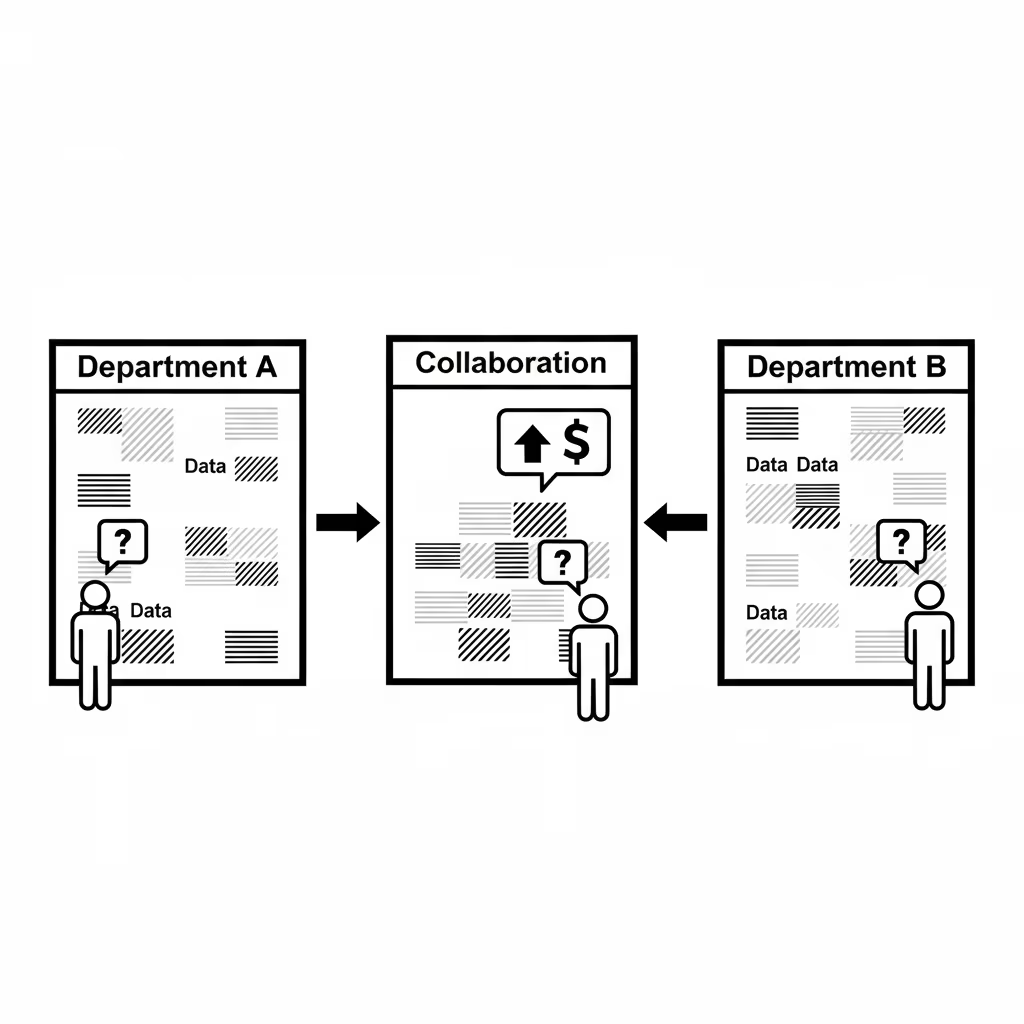
For companies that want to make the most of their resources, one of the benefits of asset management software is that it can maximize their return on investment.
Effective utilization of assets can help companies improve their return on investment (ROI).
Handling asset management software using best practices can yield the best results, leading to remarkable gains in asset utilization and financial returns from your data.
The practices will help organizations maximize their software investment and achieve measurable results.
ALSO READ: Best AI Tools for eCommerce Businesses (2025 Guide)

Identifying specific business needs before implementing asset management software is crucial.
Knowledge of these requirements will help identify relevant features and functionalities.
This will ensure that the software is in line with organizational goals and facilitates a productive solution.
After you identify your requirements, consider factors such as scalability, ease of use, and integration capabilities to choose the right software.
It will help you run your operations without problems and maximize potential returns from your assets; thus, it will be easier to spread across departments.
For seamless interaction of the software within your organization, here are three important steps to take.
An important point to note is that proper training would be required for employees who will use the software. Thorough training programs ensure that employees know how to use the software. Consequently, this improves productivity and minimizes the chances of making errors, resulting in a higher ROI.
Updating the software is one of the most important steps. Timely updates help keep the software compatible with other systems and update the features as they become available. This also contributes to maintaining security and speed, which is what helps provide a maximum return.
When asset performance is monitored constantly, you can easily determine where improvements can be introduced. Through performance data analysis, organizations can determine how they should utilize their assets better. This can be done if the people involved, especially the company itself, take an aggressive or proactive approach in order to manage it better and provide higher returns.

The best practices for asset management also include using the software for the following.
Good inventory management remains the heart of the organization, as it allows the organization to reduce costs and optimize ROI.
It is essential to maintain appropriate inventory levels that align with demand to avoid overstocking and understocking. This balance simplifies processes and contributes to more positive financial results.
Data analytics offers insights into the performance and utilization of your assets. Analytics allows businesses to pinpoint trends and patterns that inform strategic decisions. Such a data-centric method helps decision-making and higher asset control.
Interdepartmental cooperation helps to improve asset management. Collaboration leads to better sharing of insights and data, which improves productivity. Together, it can make a big difference in your ROI.
Objectives regarding asset management must be transparent to enhance collaboration. These goals can direct software use and define success. Having clear objectives aligns everyone in the right direction and ensures that every effort furthers financial performance.
To manage assets with the right software, you can take the following measures as well.
Preventive maintenance (PM) is a tactic for asset management. According to the U.S. Department of Energy, proper maintenance strategies can lead to substantial cost savings and improved equipment reliability. It helps in avoiding unexpected breakdowns that can be costly with regular maintenance. Not only does this keep the assets alive longer, but it also helps to improve operational productivity.
Audits play a critical role in making sure asset management is effective. It helps find discrepancies and areas for improvement. When problems are fixed on time, businesses can have productive asset utilization and increase return on investment.
Creating a feedback loop for asset management practices to continuously improve. Cross-pollinating with operational personnel to offer strategic insights encourages innovation and growth. This leads to more effective resource allocation over time.
Return on investment (ROI) must be evaluated regularly to measure the effectiveness of asset management. Financial results can be reviewed by organizations to reconcile their triumphs and shortcomings. This assessment makes sure that strategies are properly aligned with institutional objectives.
These practices can be highly instrumental in improving ROI from asset management software. With a commitment to understanding business requirements, choosing the right software, and collaborating between departments, organizations can see notable gains. They are also improved, monitored, and evaluated regularly for money-making prosperity. These practices will allow businesses to make the most productive use of their resources and receive the highest possible return on investment.





